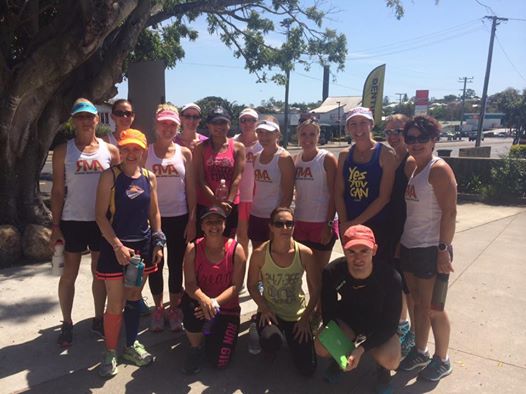Hey RMA crew!
Been a big week this end in RIFREV world! Will caught up with the Brisbane RMA ladies at the workshop Saturday and I was down at Southbank parkrun. It got kind of hectic for Ang and I because we had our daughter Abbie’s fifth birthday in the afternoon. Somehow we ended up with two kindie classes of five year olds running rampant in the back yard. Made running a marathon look like childs play! Fun though!
This week I wanted to talk about how to avoid foot stress fractures and if you happen to be unfortunate enough to have them, how to get rid of them for good! So first thing is you want to be aware of some of the signs of stress fractures in the foot. They can be in a number of areas from the outside of the ankle to small bones towards the back of the foot but they are most common over the bones leading into the toes.
Typically the ones next to the big toe and the next one beside that (2nd and 3rd metatarsals). So often pain comes on with activity and slowly gets worse until it can become a bit of a dull roar. One of our RIFREVers and Running Mum Tracey has been getting swelling on top of the foot as well. You want to get doc to check it out because they can do an MRI to know exactly what’s going on. Nice to have eyes wide open when we are planning on running forever. If it is a ‘stressy’ it’s that awful four letter word…R E S T! Usually 6 to 8 weeks but body is the boss so can be longer at times. You might have to enlist your other running mums to chain you to a fence to keep you honest! When you start coming back you have to take it slow. We get our RIFREVers doing run walk first off, often one minute jog, one minute walk for ten minutes which seems extreme but it’s kind of like ticking the boxes. As long as that’s ok you can work that up to normal running quite quickly. Work with your health care professionals closely in this stage. The other crucial keys are firstly TECHNIQUE! You get stress fractures from increased load through the bones in the feet. Don’t smash them! Probably time to look at decreasing stride length just a bit, take the weight off your legs and try landing in the mid foot under your hips. Just remember if you just try to land on mid foot without changing your running position, it’s kind of like building a house with it’s foundations in quick sand. Mid foot strike is a result of your body position…slight forward lean from ankles so play with that first.
The second MUST for stress fractures is to be really strict with your shoes. When you get back it might pay to look at something quite spongy and supportive. Some of our elite runners use the Hoka’s or even the Clouds (Ons) when first getting back. You might have to spend a bit of money and change shoes everycouple of hundred kilometers at first. Have a few that you rotate through. Just make sure you don’t compress down the rubber through the front of the shoe under the balls of your feet, when that starts to go the shoe is on it’s way out and if you miss it you can be injured again pretty quick. Once you are back up and running it’s worthwhile starting to release the foot between the toes to improve circulation to the area and keep them healthy for life.
Hope this helps guys! Awesome to see all the RMA shirts around the traps! I’m off to Noosa this weekend. Going to check out the Asics 5k bolt and all the other events. If you see me make sure you say hi. Big shout out again to our beautiful Abbie for her birthday. All of us at RIFREV are looking forward to catching up with RMA mums in Brisbane, Adelaide and other parts of Oz. If you want any questions answered let Nicole know or message us at RIFREV and I’ll do an article on the topics you want.
Have the best week RMA crew! Happy running!
Paul Trevethan Running Physio
www.RIFREV.com
www.bodyleadership.com

